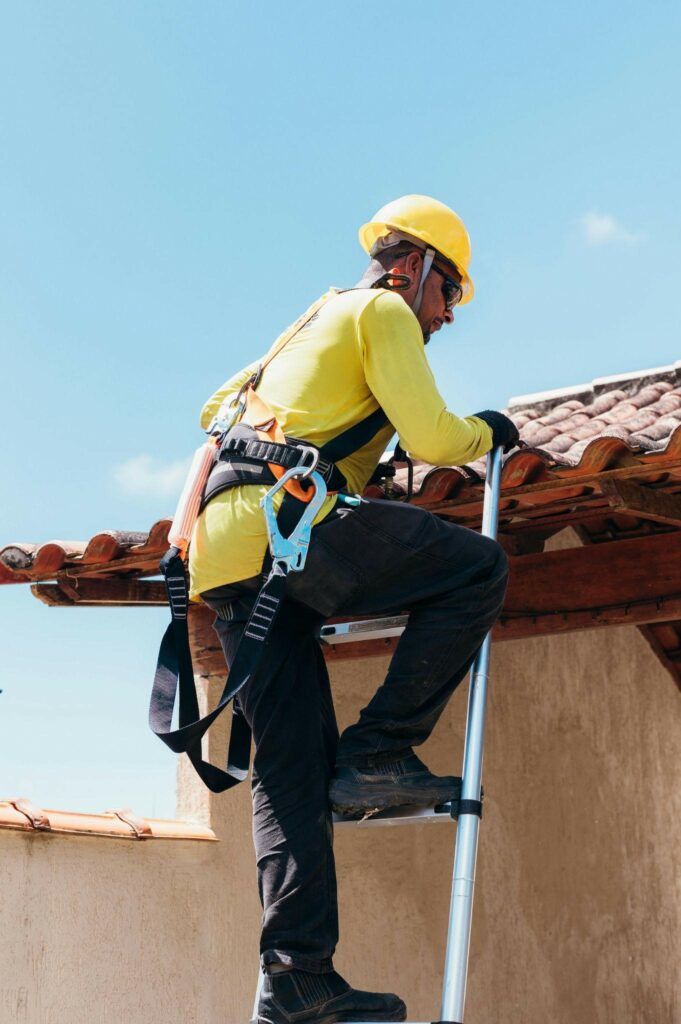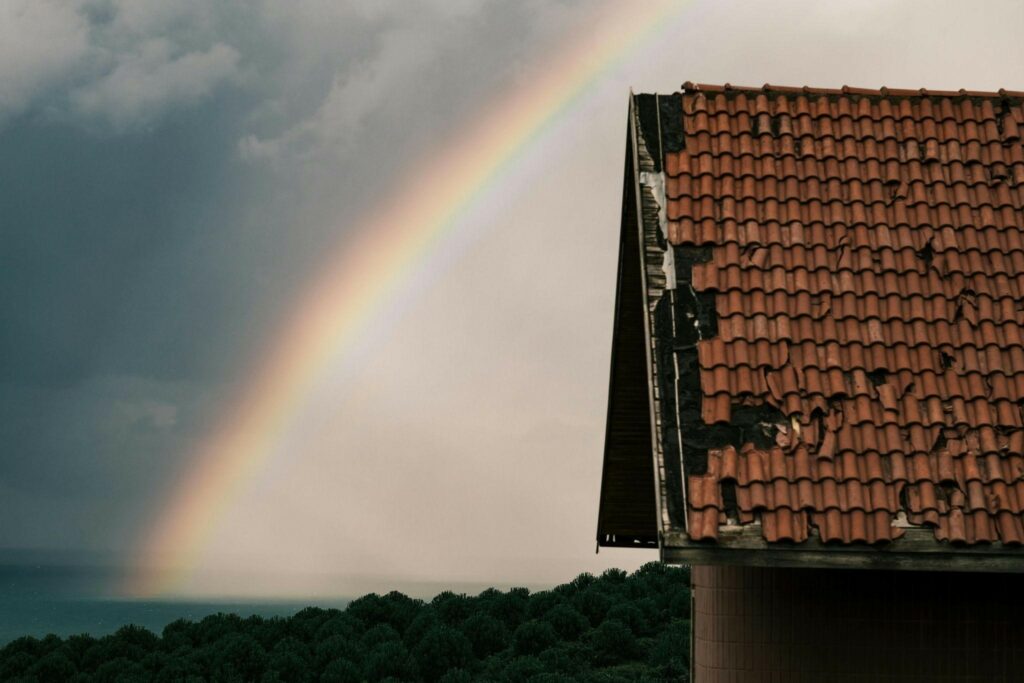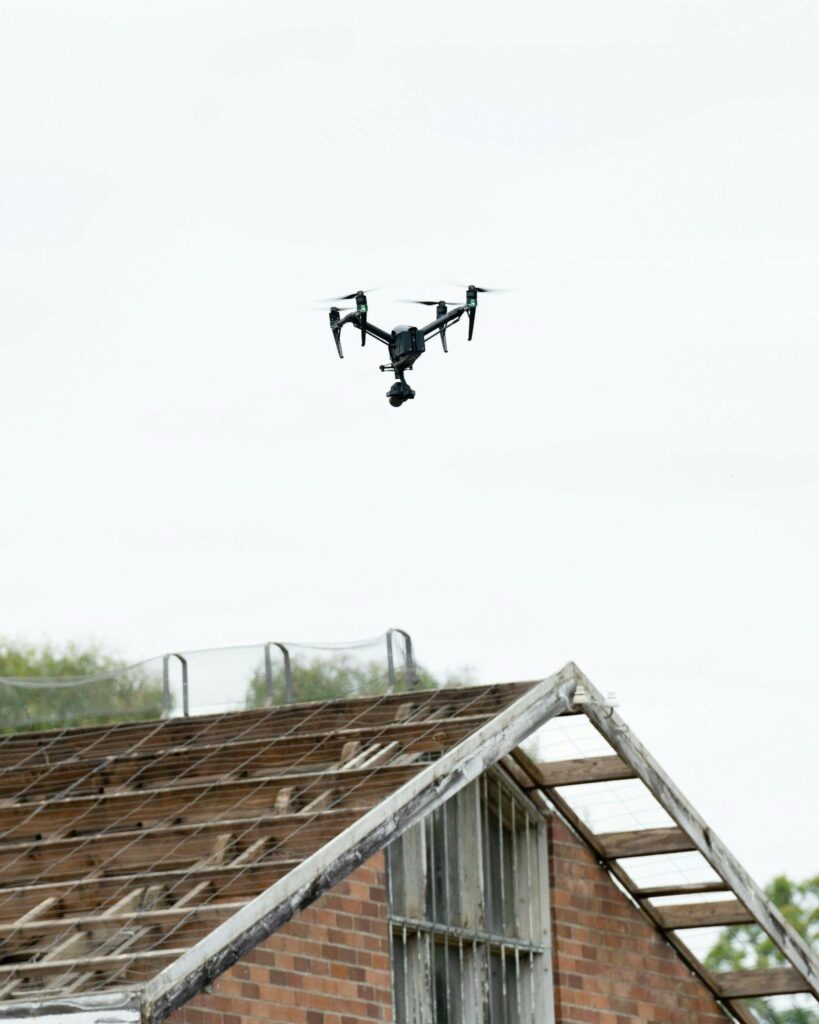Everything underneath your roof is protected, but how recently have you inspected it? Integrity Remodeling Roofing & Siding’s expert roof inspection can identify problems early and prevent thousands of dollars in future repairs. Regular inspection guarantees longevity and peace of mind, whether it’s through a flat roof inspection, a seasonal check, or an insurance roof inspection. Don’t wait for leaks; be aware of what to look for and when to contact experts. This guide will teach you how to inspect like a pro and what experts are looking for during a roof inspection.
What Experts Look For: Roof Inspection
A professional roof inspection is more than just a cursory glance. It is a thorough inspection intended to identify any hidden issues that might cause harm.
| You should know that! A standard roof inspection takes 45–90 minutes, depending on roof size and slope. |
Knowing what’s assessed and why is the first step to better roof maintenance, regardless of whether you’ve had a storm or just need an annual residential roof checkup.

Here’s what every smart homeowner or facility manager should be aware of:
Roof Covering Condition: Are Your Shingles Still Strong?
The NRCA reports that over 65% of 2025 roofing issues could have been prevented with early inspection and detection. Shingles missing, curled, or cracked are warning signs of deteriorating roof condition, which are examined during roof shingle inspections.
Flashings and Penetrations: Small Details, Big Risks
Failed flashings frequently cause leaks around vents, skylights, and chimneys. A thorough examination of these weak areas is part of a proper roof damage assessment. Your home may sustain structural water damage as a result of one overlooked flashing defect.
| Did you know? 90% of roof leaks start at flashing points like chimneys, vents, and skylights. |
Gutters, Downspouts & Soffits: Often Ignored, Always Important
Leaks and backflow can be caused by clogged gutters and rotted soffits. These areas are inspected for wear or obstruction using a comprehensive roof inspection checklist. By keeping them maintained, roof life is increased, and appropriate drainage is ensured.
| Pro Tip Look past the shingles; the first indications of damage are frequently found in the attic, fascia, gutters, flashings, and soffits. |
Leak Detection & Water Damage: Spotting the Silent Dangers
More harm can be done by hidden moisture than by obvious drips. Checking both inside and outside is part of professional leak detection. Before mold grows, a roof inspection report usually identifies susceptible wet areas.
| Caution! Don’t ignore algae or moss — they trap moisture and can rot shingles from beneath. |
Storm Damage Roof Check: Inspecting After Harsh Weather
After strong winds, hail, or snow, a storm-damaged roof check is crucial. It focuses on gutter stress, debris accumulation, and impact damage. If ignored, even small problems can grow into costly repairs.

Seasonal Inspections: Preparing for Winter and Beyond
A roof inspection every year or every two years helps your property be ready for severe weather. A commercial roof inspection or residential roof checkup guarantees that your system is prepared for any storm. Early fall and spring are the best seasons for this, so don’t wait until winter arrives.
Roof Certification & Insurance Needs: Why an Inspection Is Essential
An insurance roof inspection is frequently required by insurers and mortgage lenders. A certified roof inspection report attests to the age and integrity of your roof. Additionally, it can provide buyers with peace of mind and increase the value of real estate.
From Shingles to Soffits: 5 Must-Know Inspector Tips That Never Fail
Homeowners can identify early warning signs by being aware of what to look for. The fundamentals of any successful roof inspection are covered in these five professional tips.

Before the professionals take over, start preventing damage by following this inspection guide:
| Look for shingles that are missing, curled, or cracked. |
| Get a Closer Look at the Roof |
| Look for Shingles That Are Missing, Curled, or Cracked |
| Look for signs of roof sagging. |
| Look in the Attic |
| Seek out algae and other organic materials. |
Conclusion
Despite its seemingly insignificant nature, a roof inspection is crucial to home security. You can maintain the safety, dryness, and efficiency of your house all year long with professional advice. It pays to be proactive, whether you’re doing a DIY overview or a comprehensive commercial roof inspection. Count on a professional roof inspection company to take good care of it. Because minor cracks on your roof can have major repercussions. Always stay ahead of costly repairs!
FAQs
1: How frequently should my roof be inspected?
You should get your roof inspected at least twice a year; the first inspection should be in autumn after leaves have fallen, and the second should be in the spring as the temperature warms up.
2: Is professional roof inspection better than DIY roof inspection?
Yes, a professional roof inspection provides deeper insights and safety, especially for identifying potential damage and ensuring longevity, but you can perform a simple visual check.
3: What does a roof inspection report contain?
It summarizes the results of the structural problems, leak detection, roof damage assessment, and repair suggestions.
4: Is drone roof inspection superior to traditional techniques?
Particularly for steep or high roofs, a drone roof inspection provides excellent views without the danger of climbing.
5: Will roof repairs be covered by insurance?
Before granting coverage, your insurer might demand a roof inspection if the problem is storm-related.
